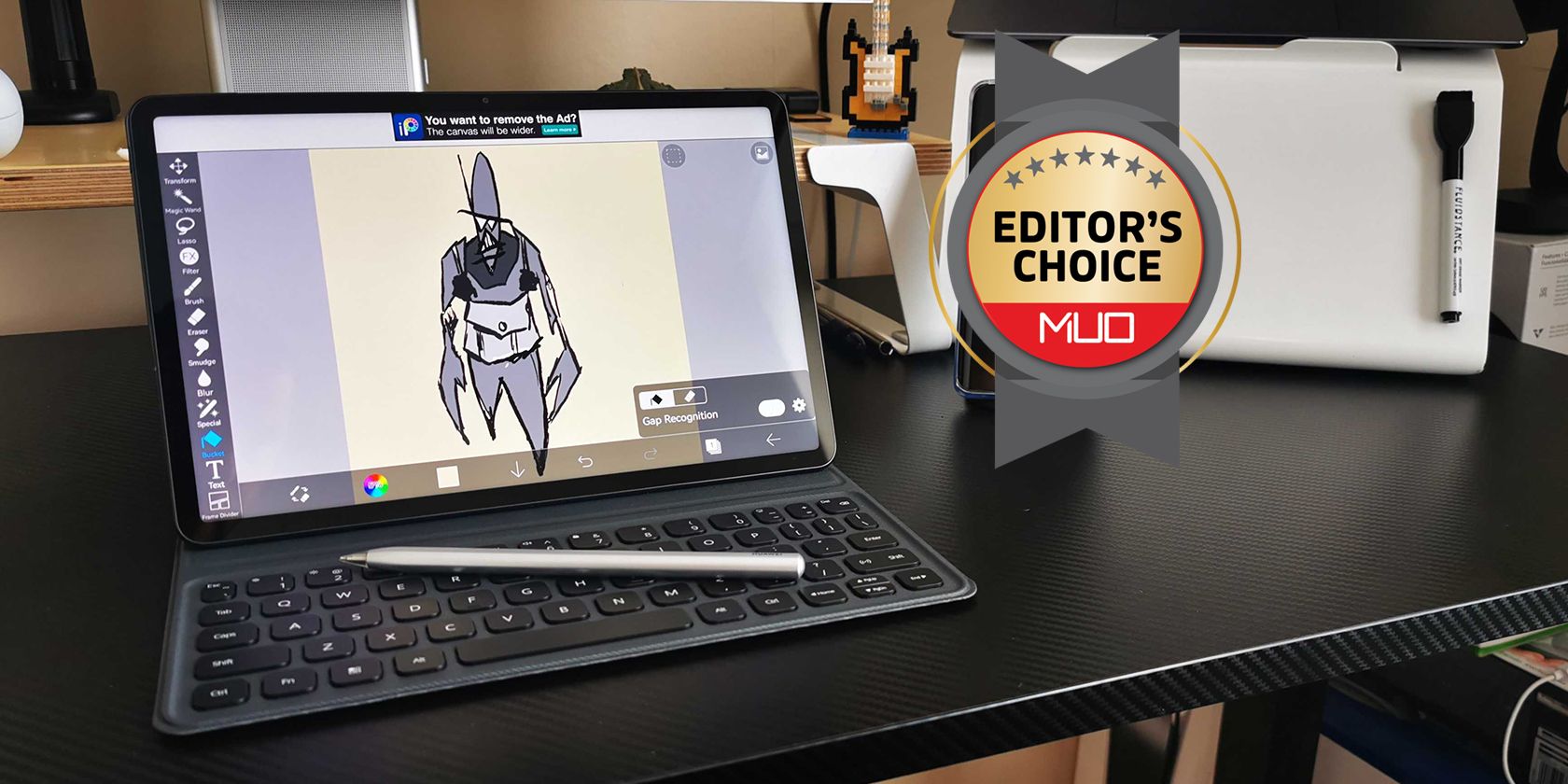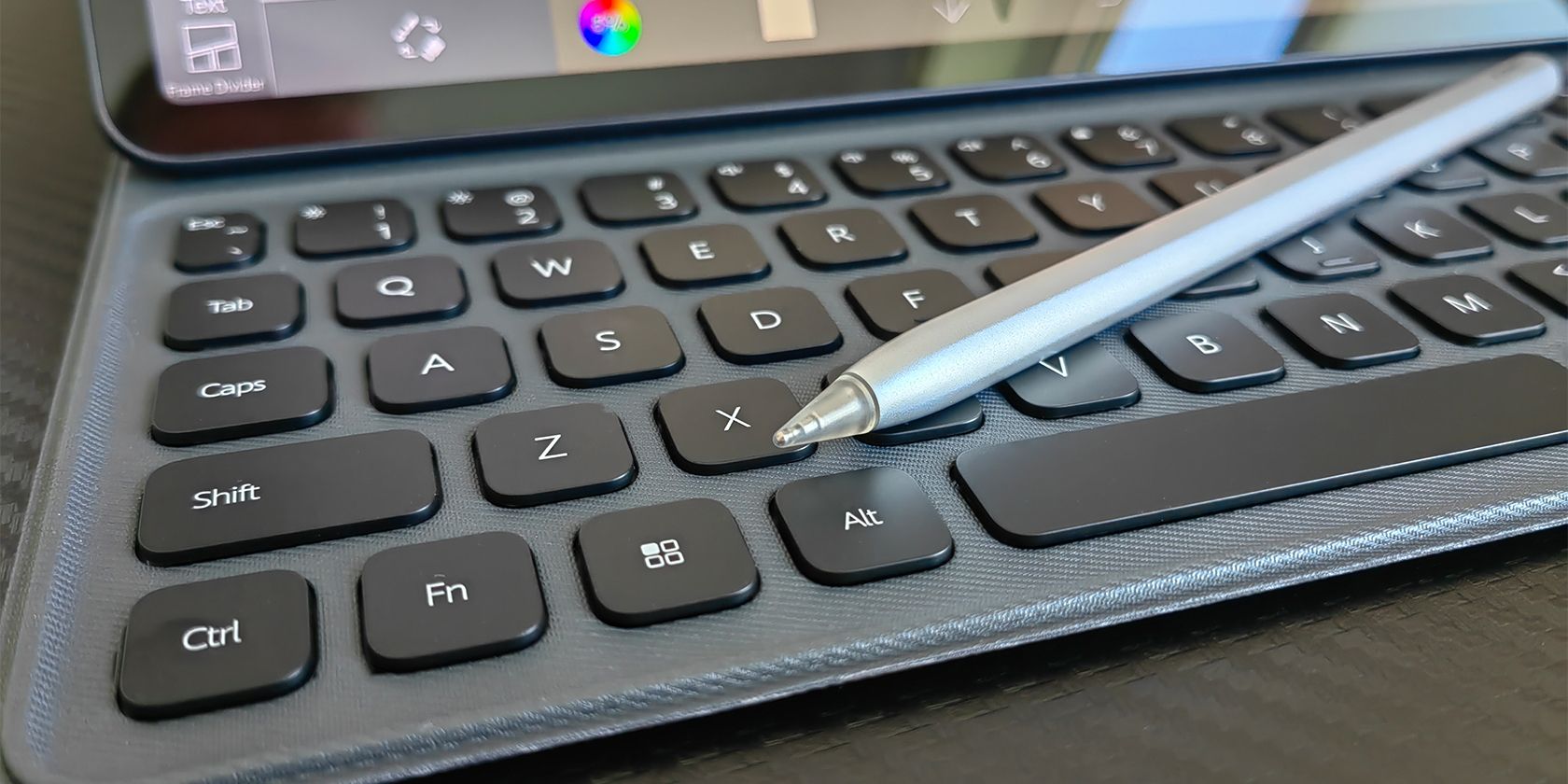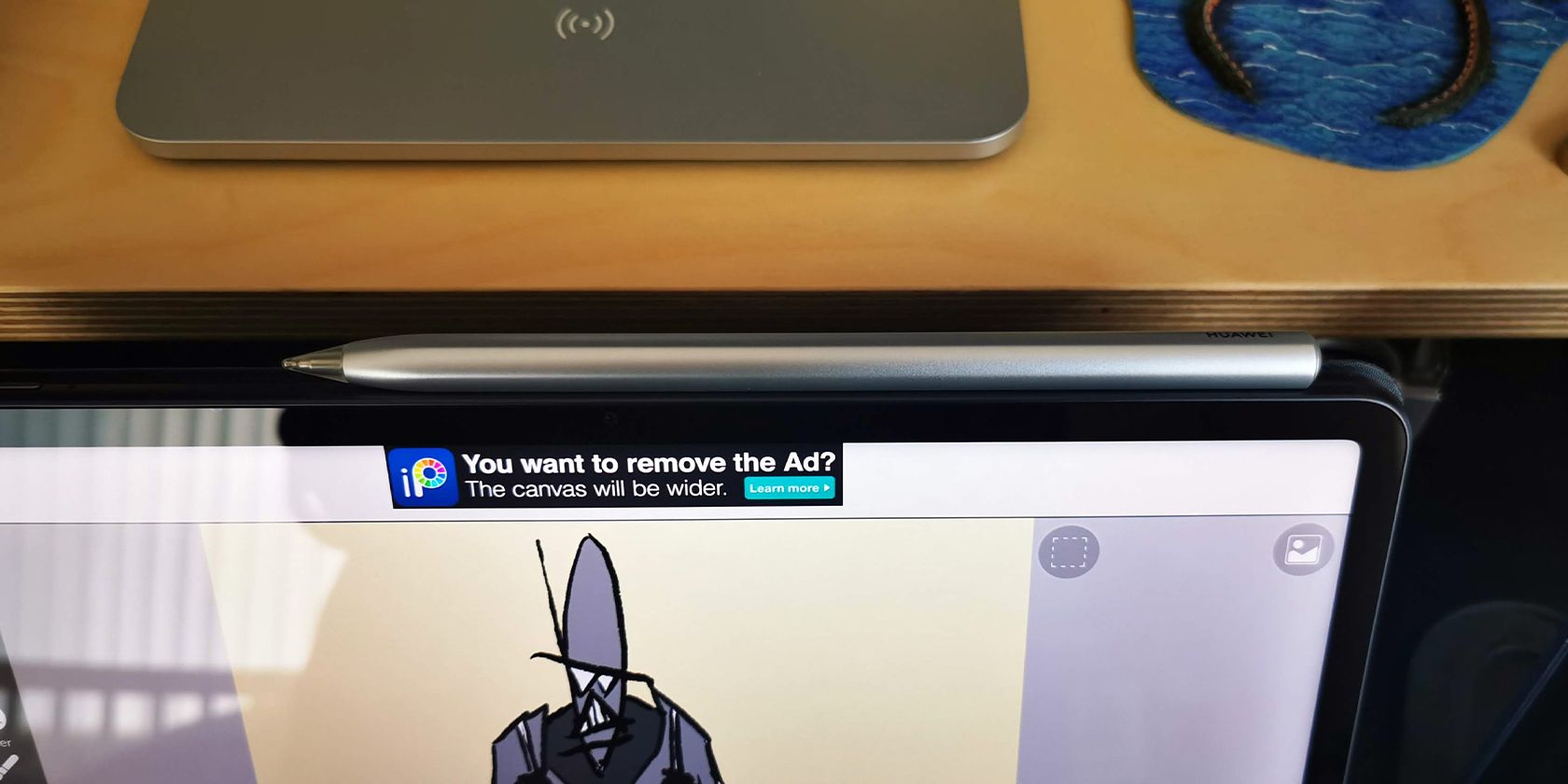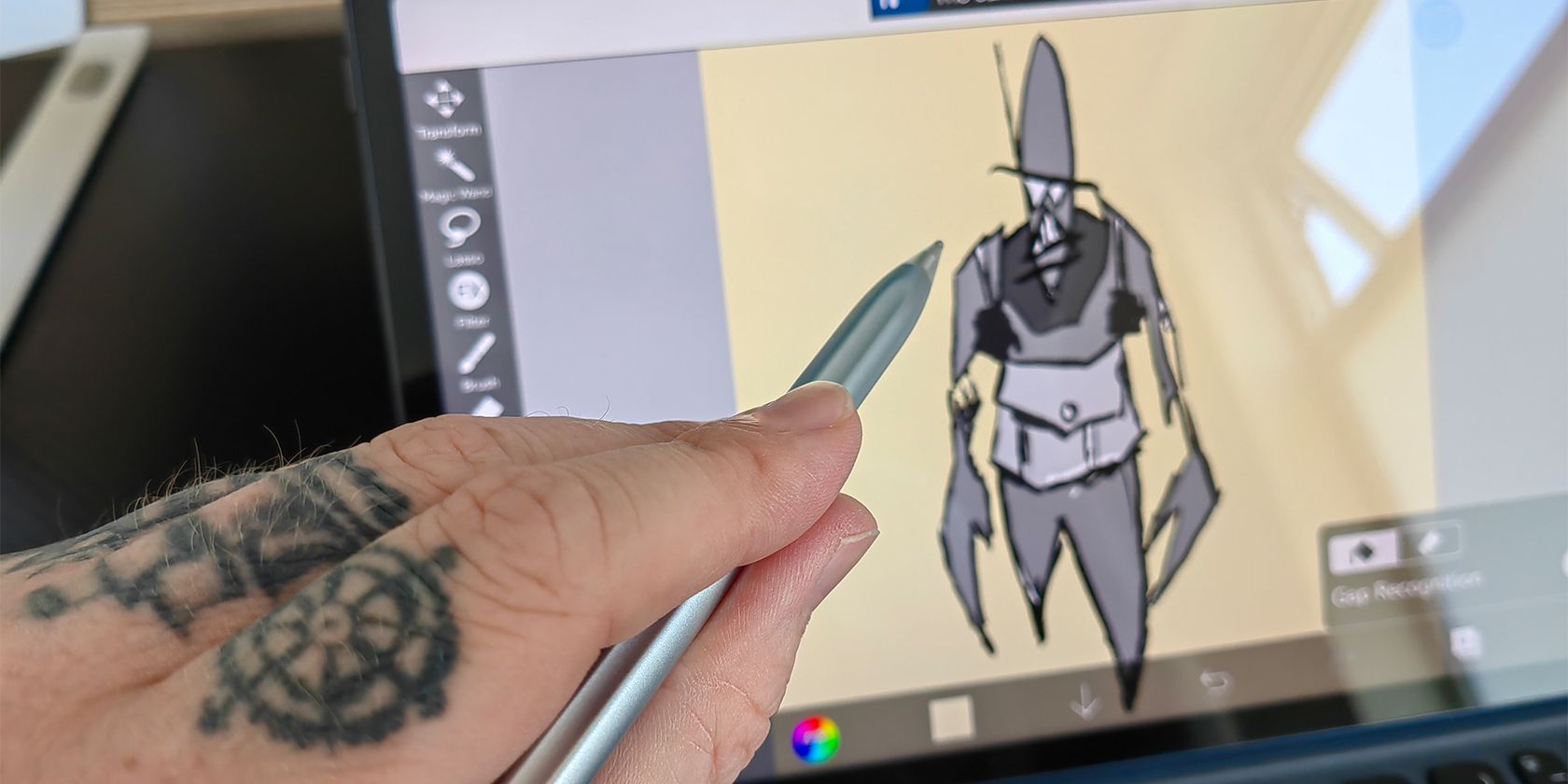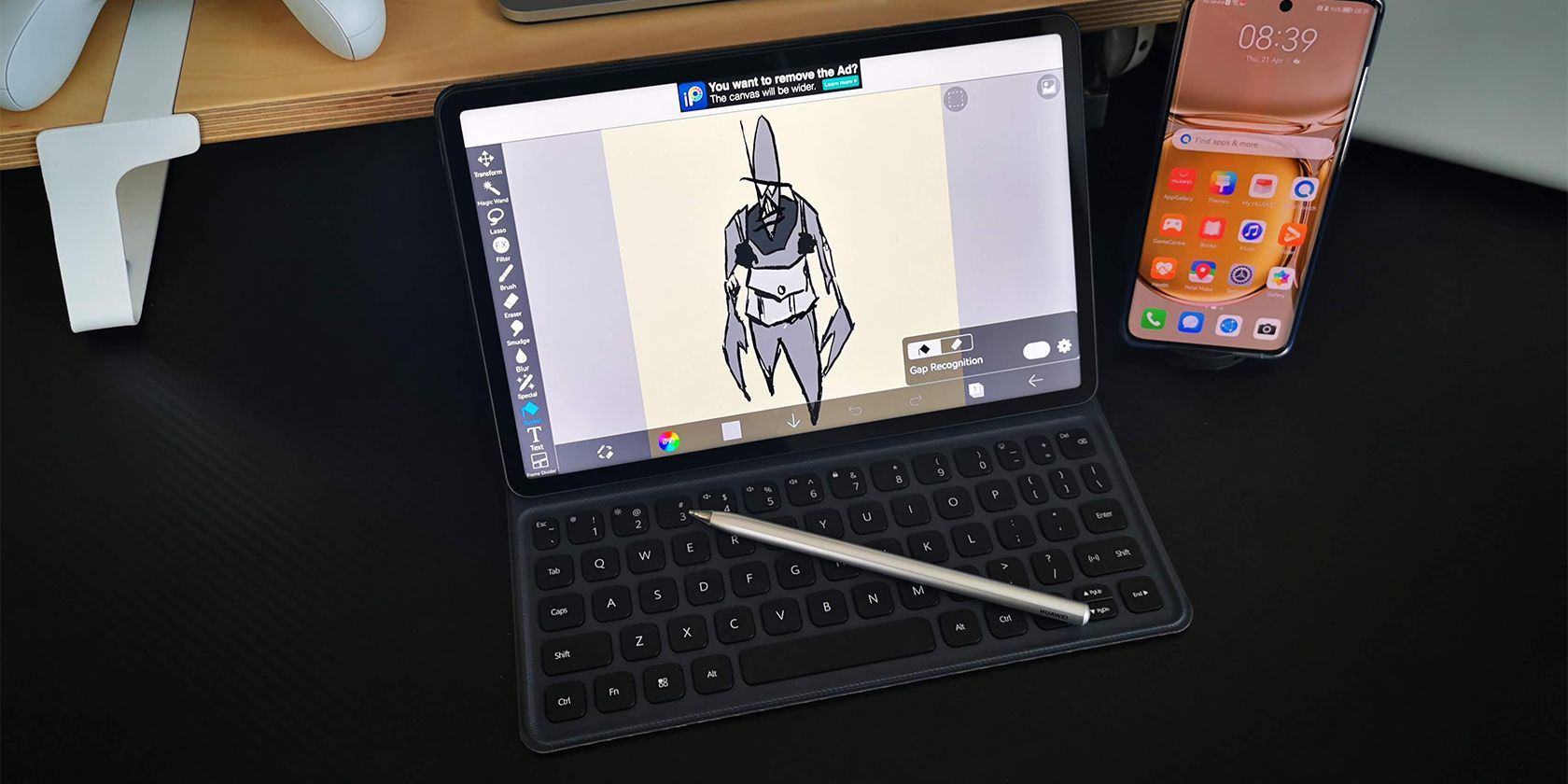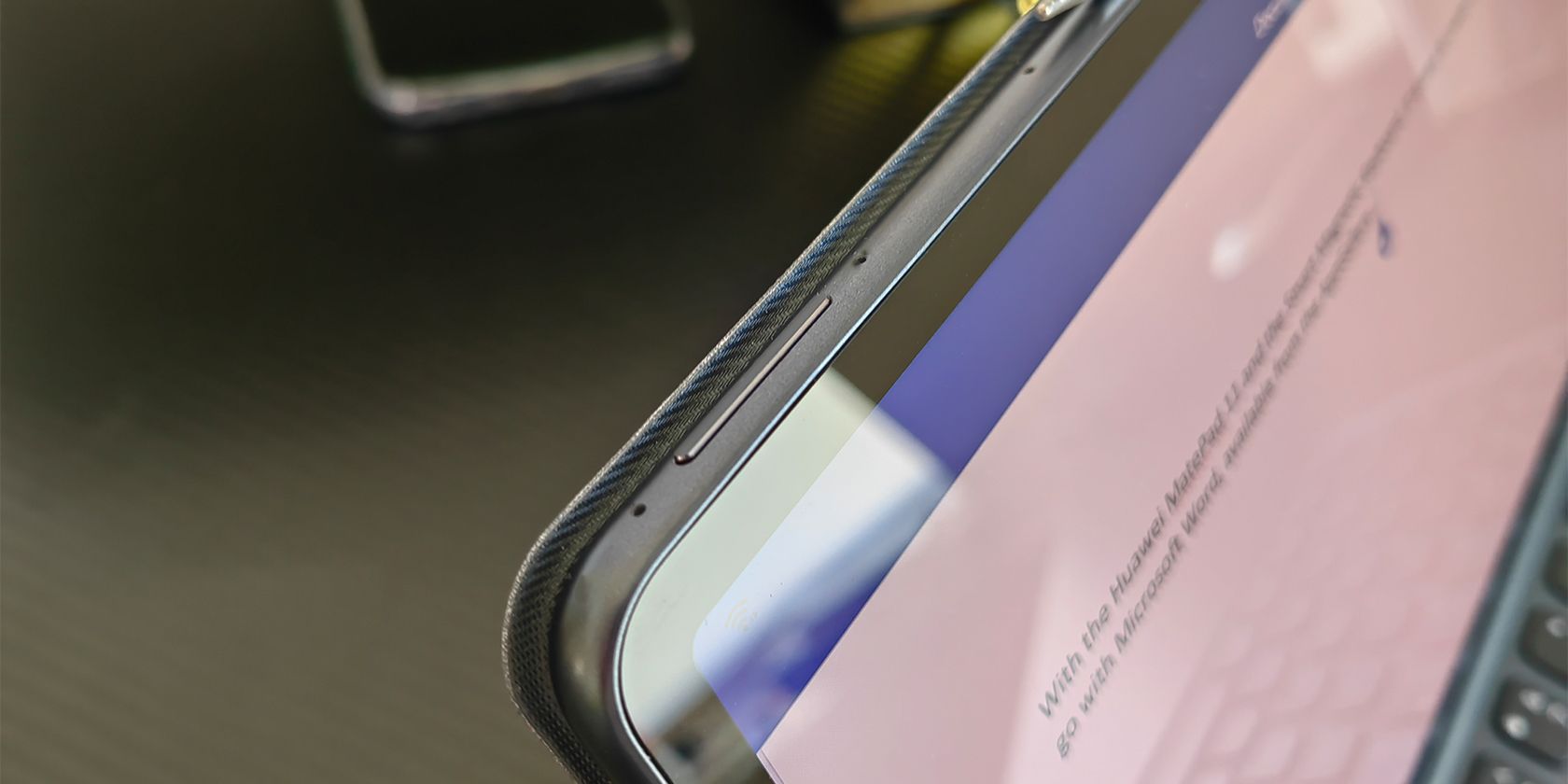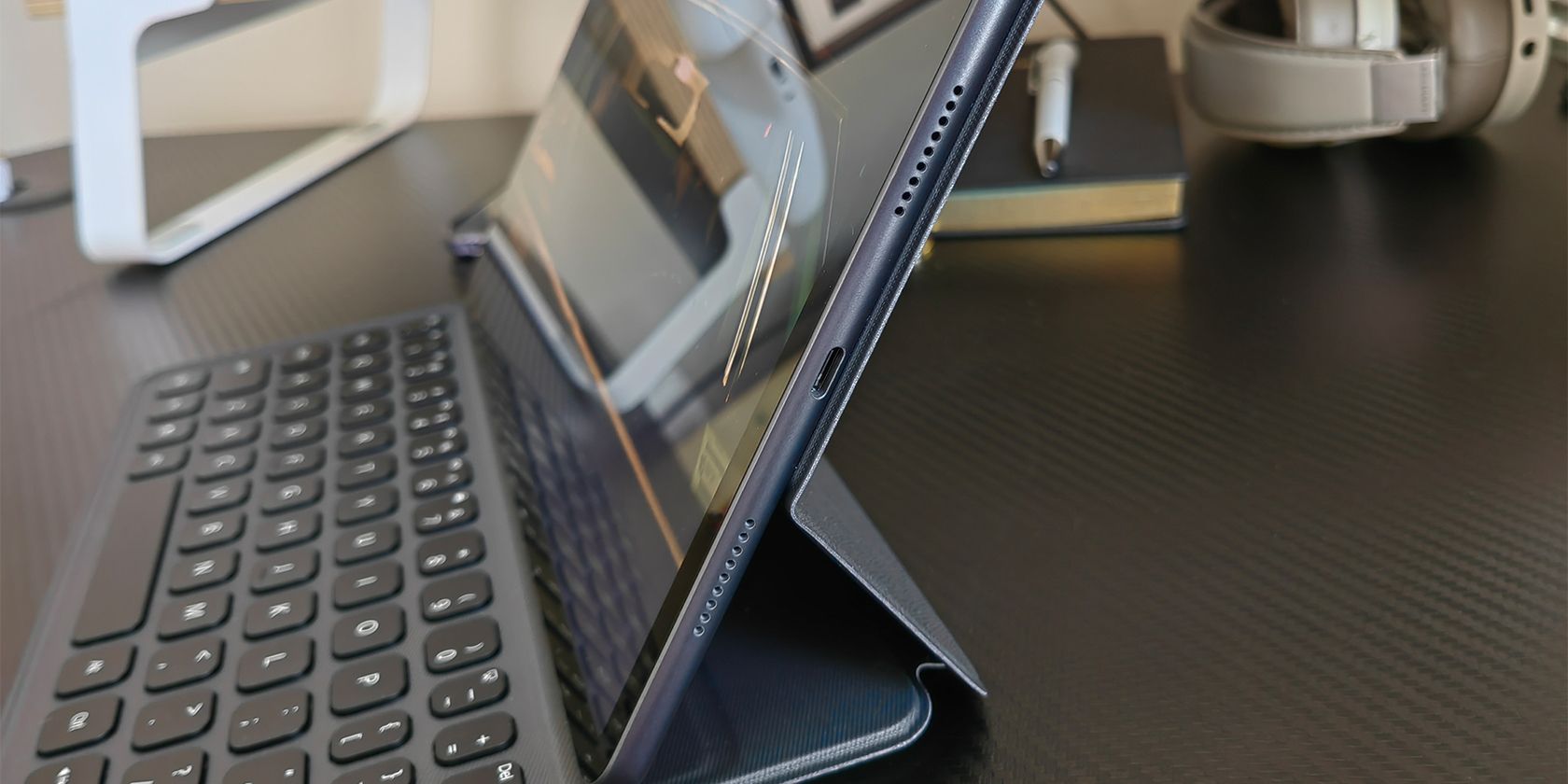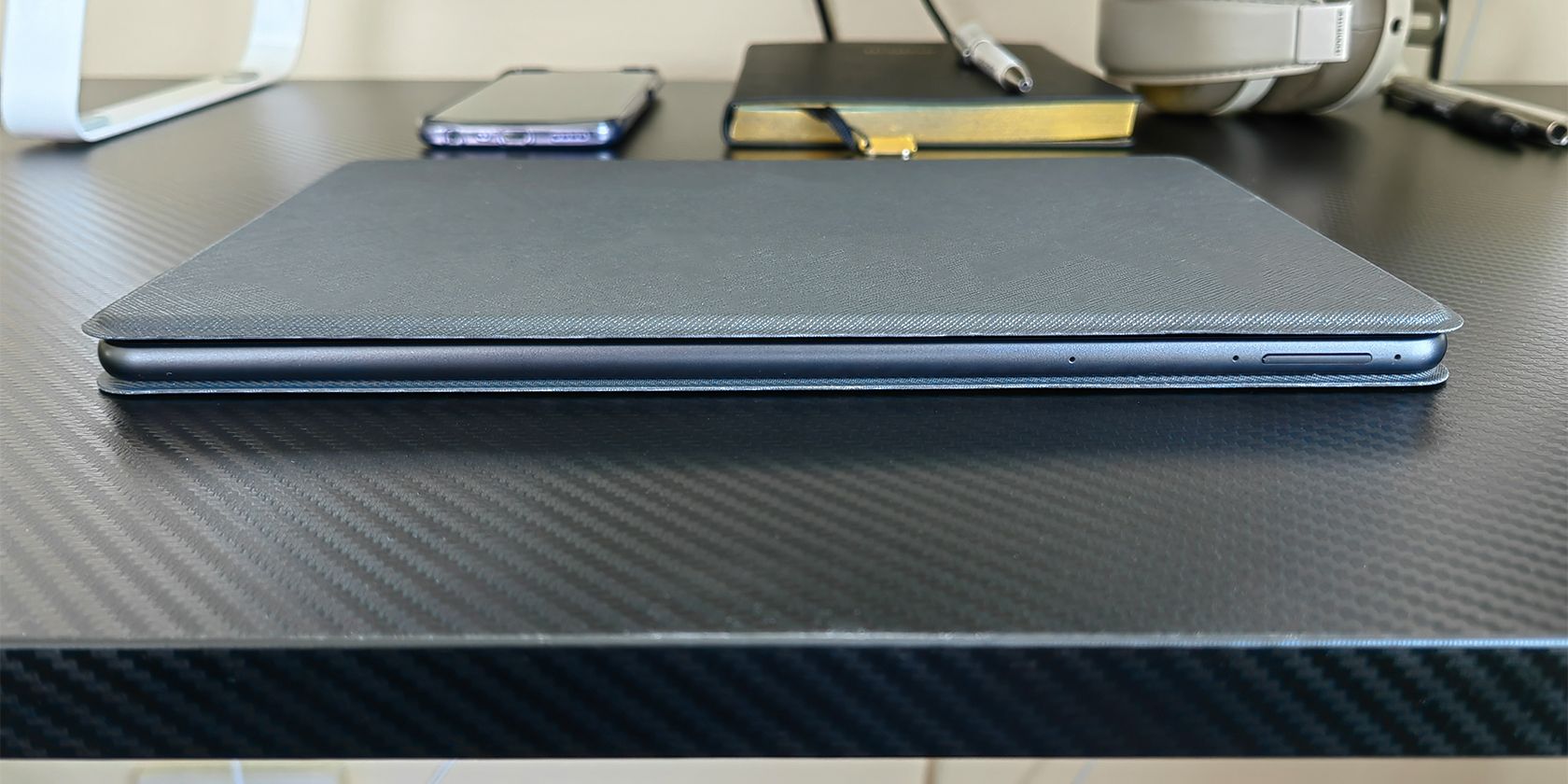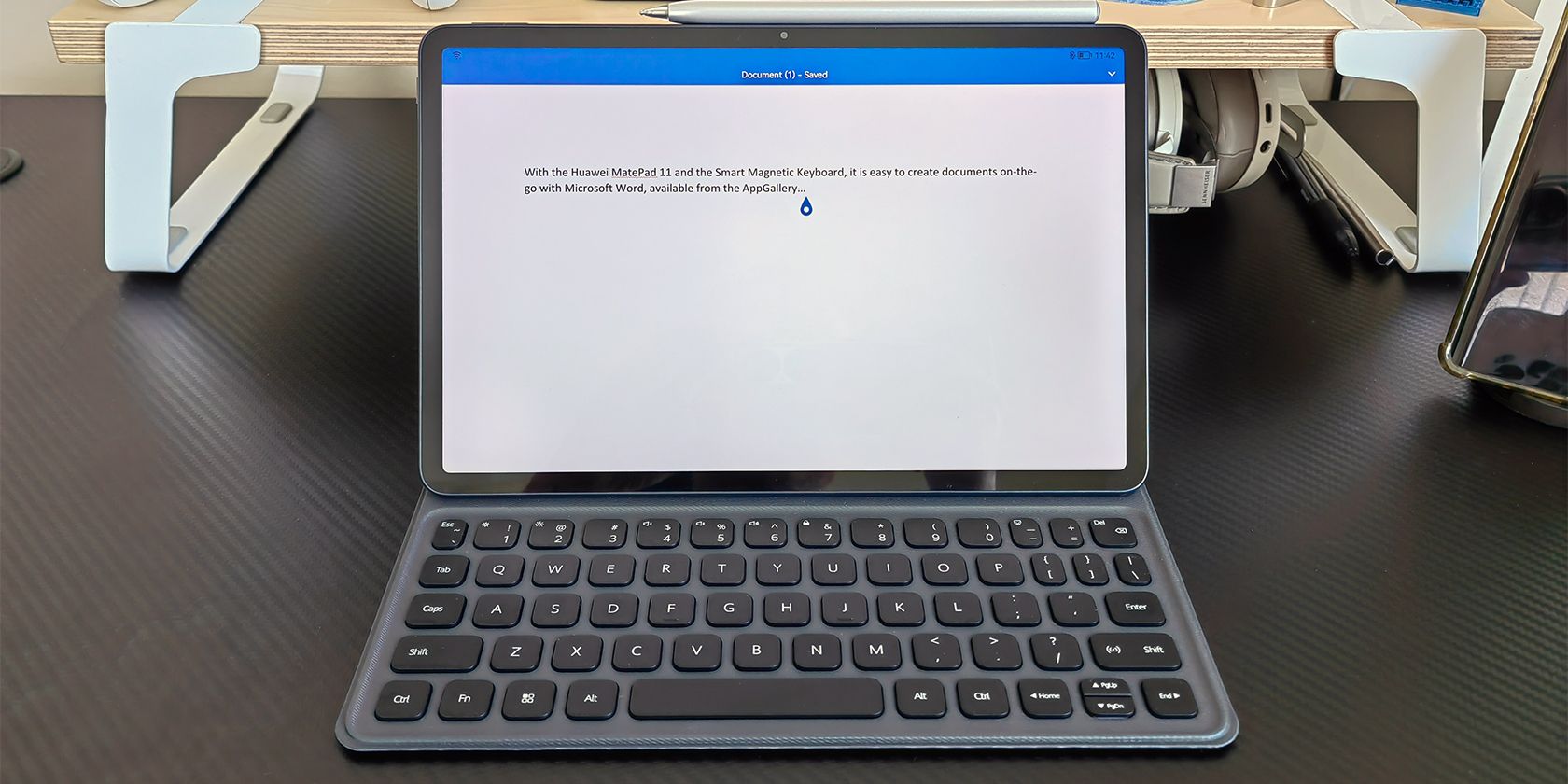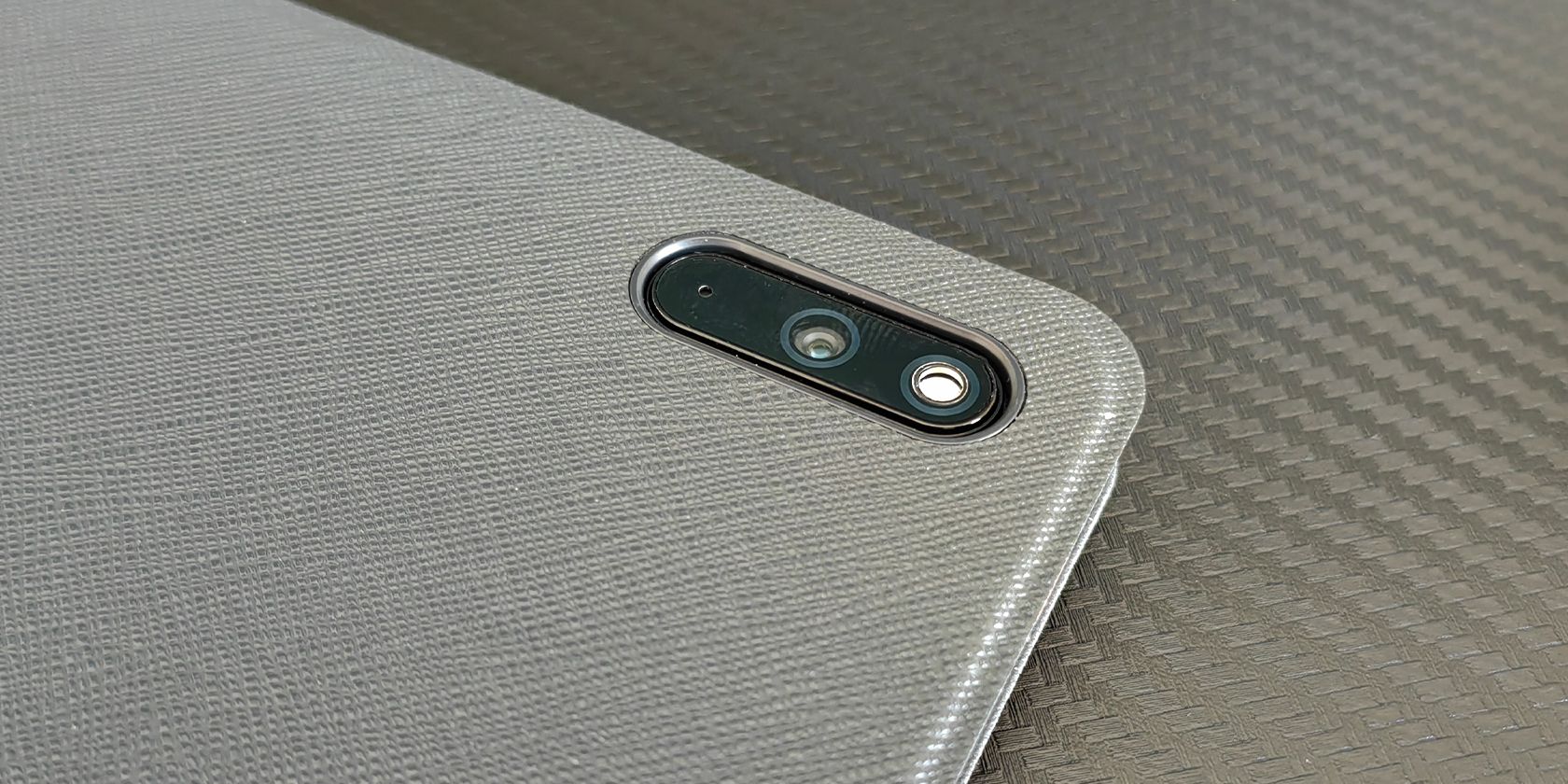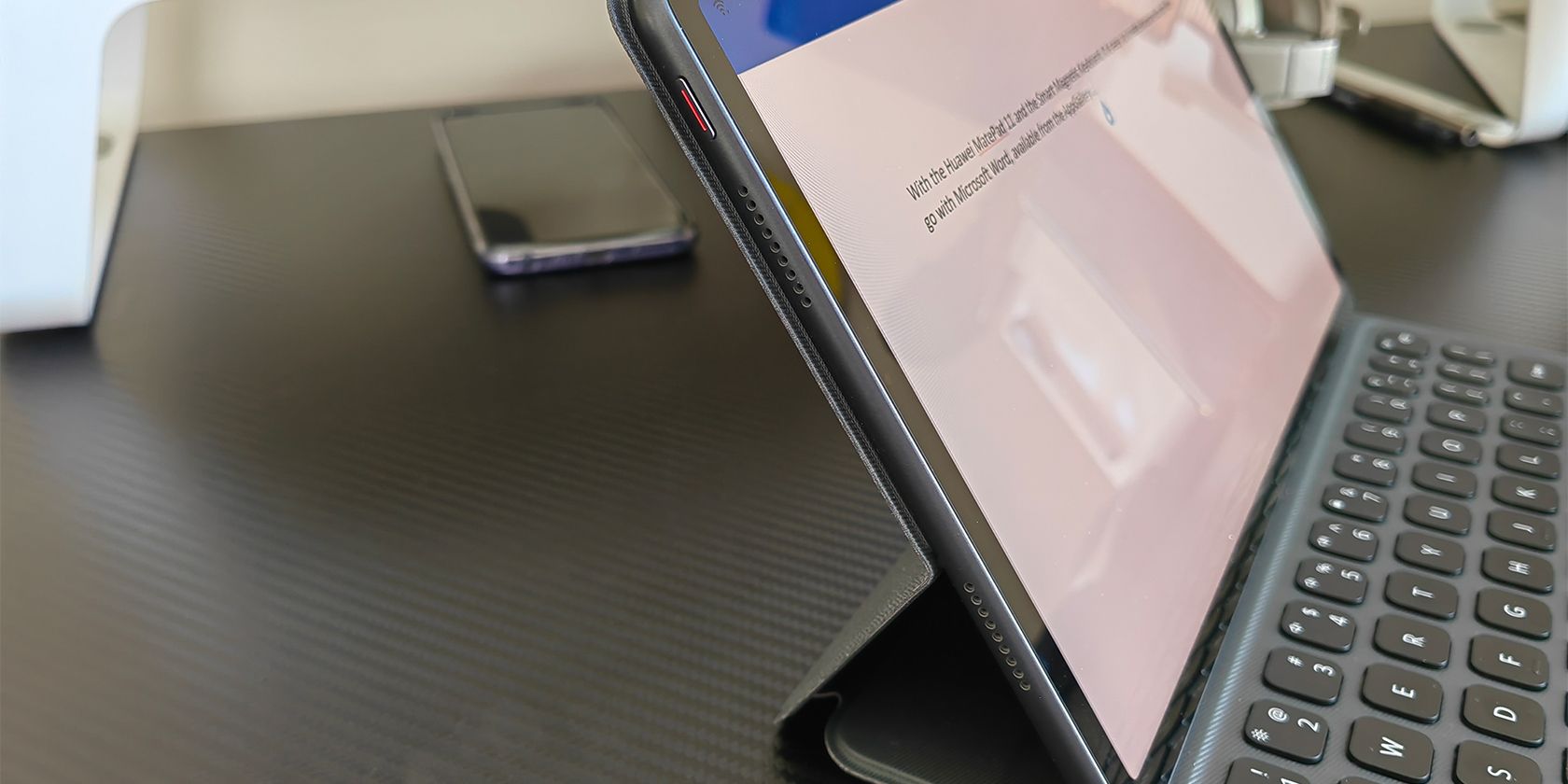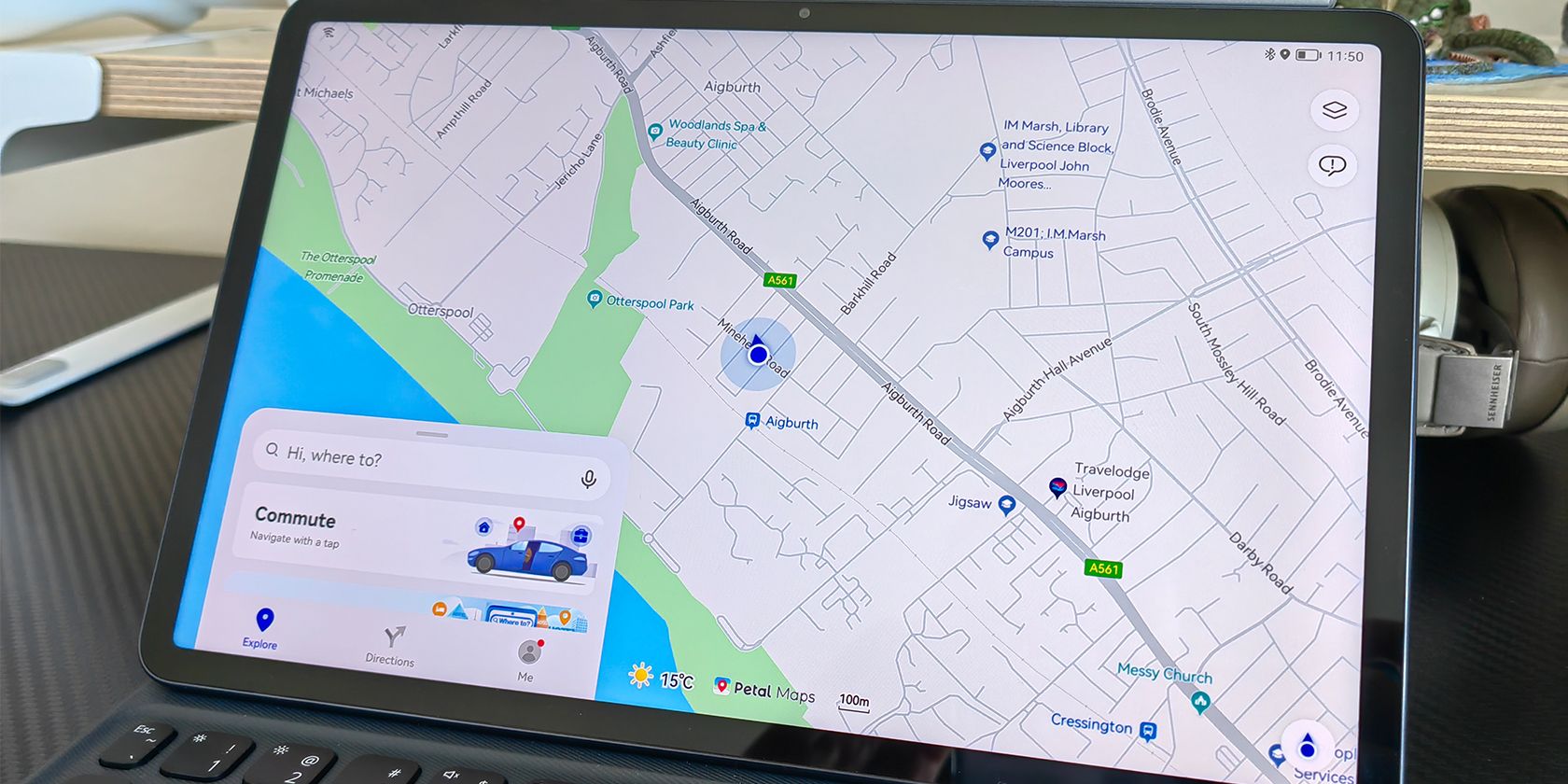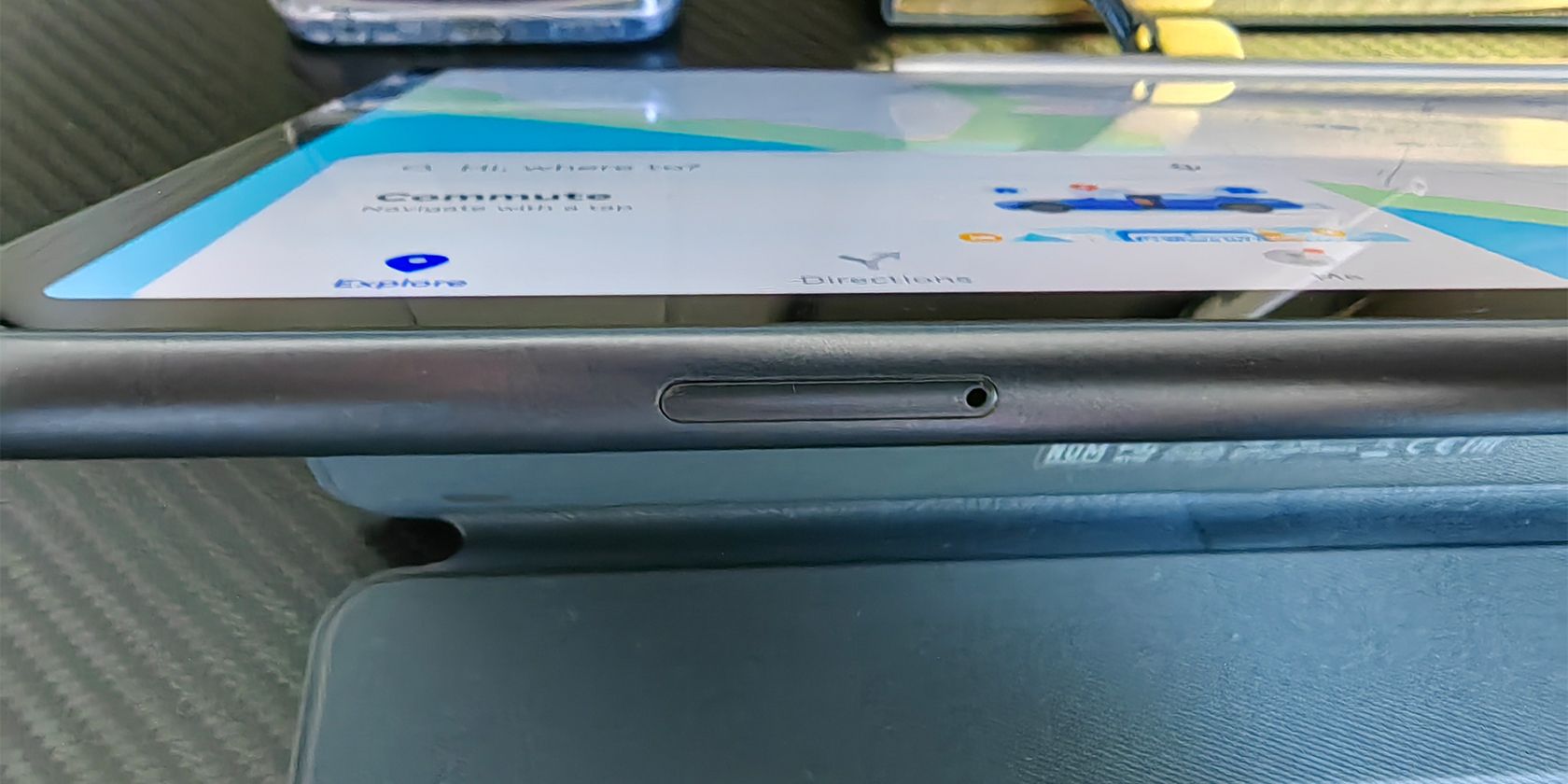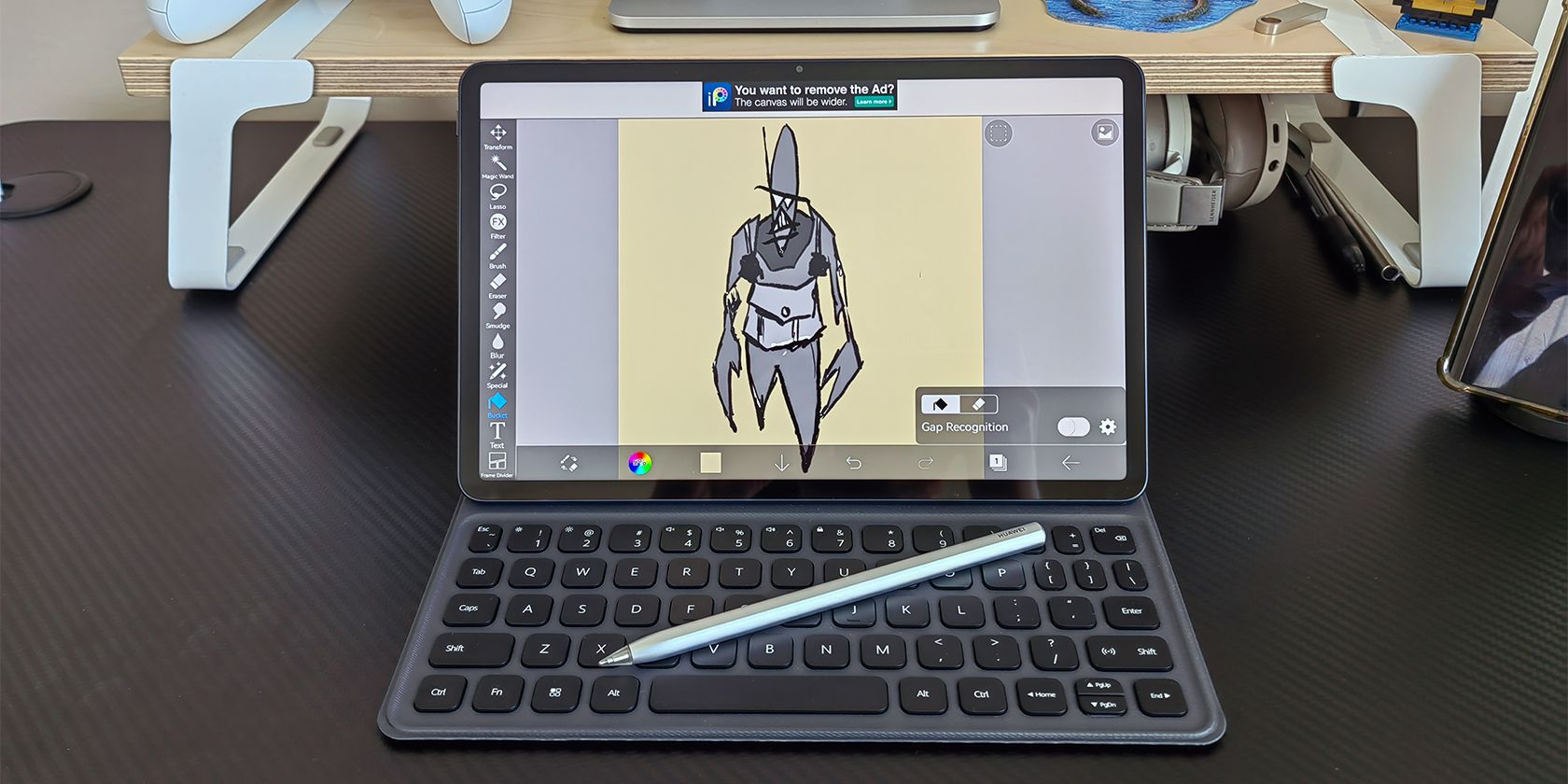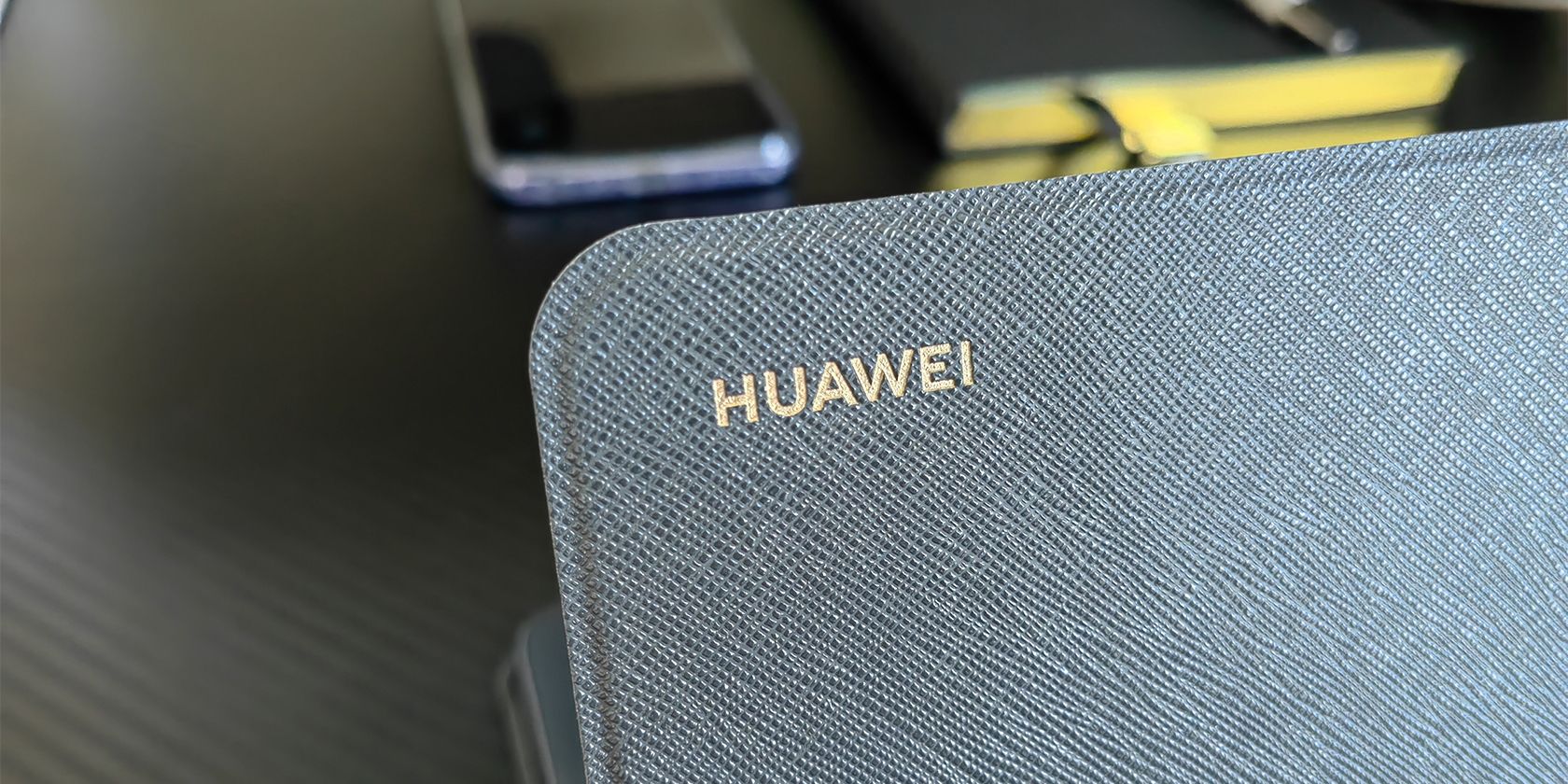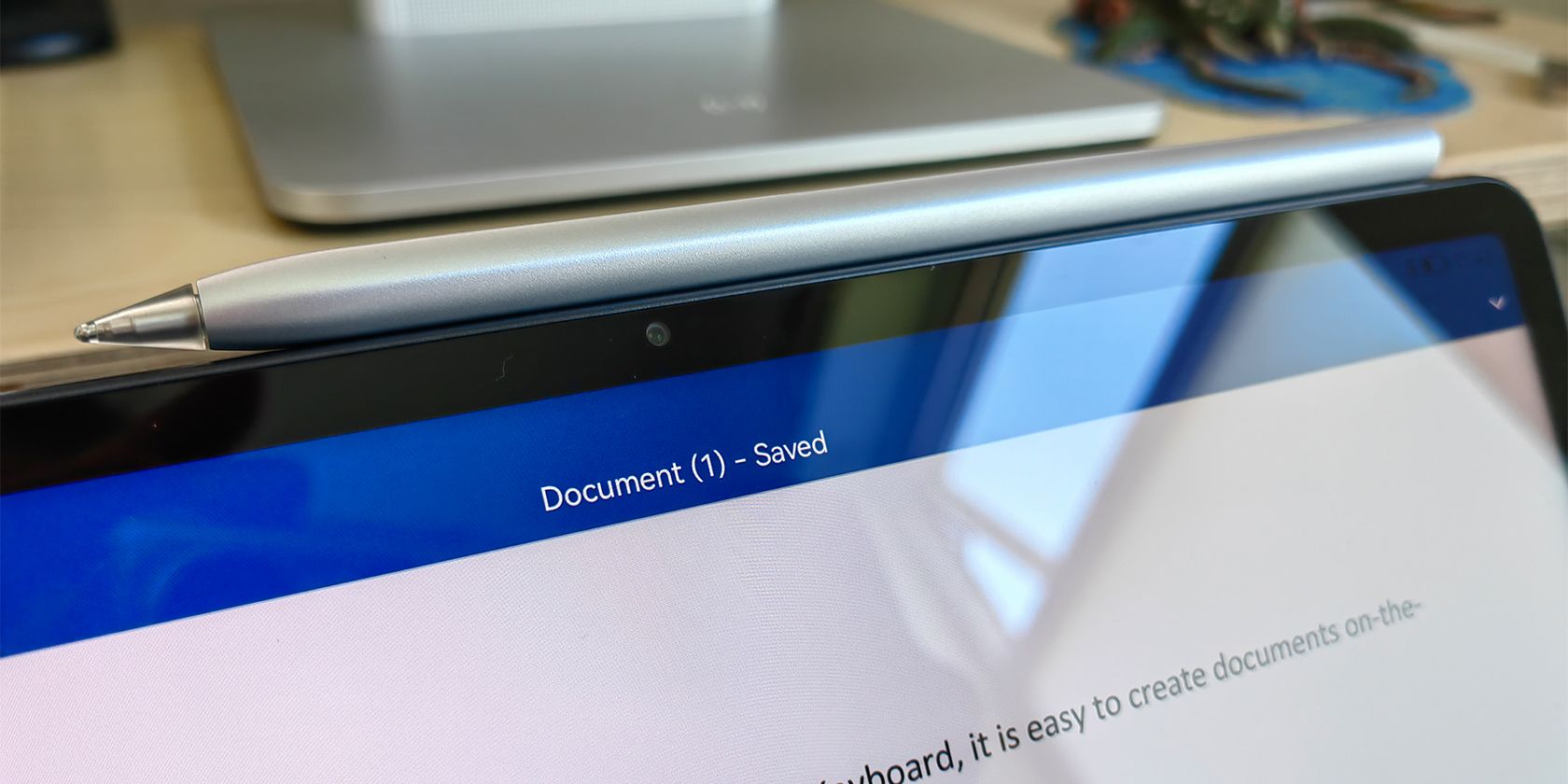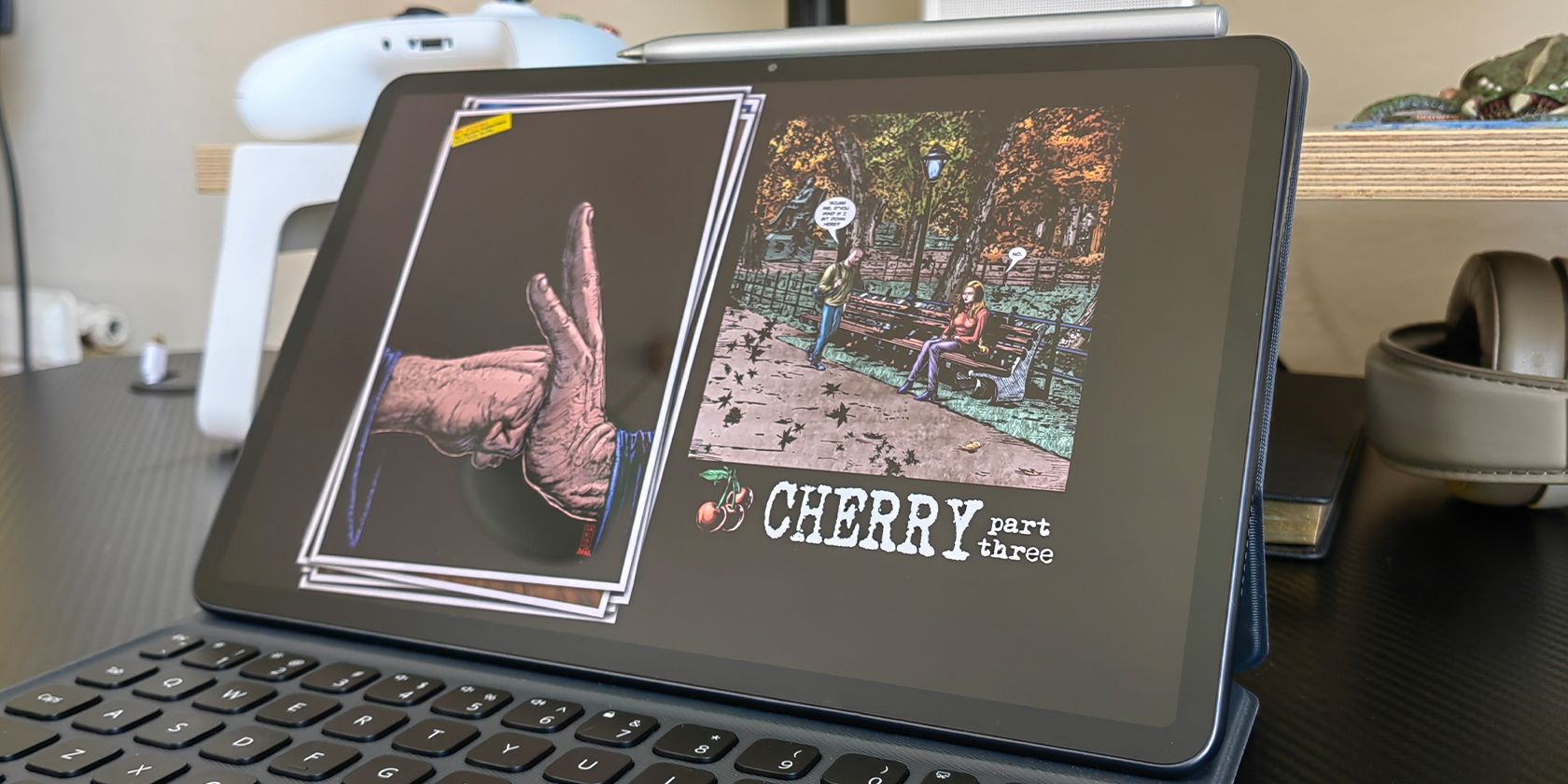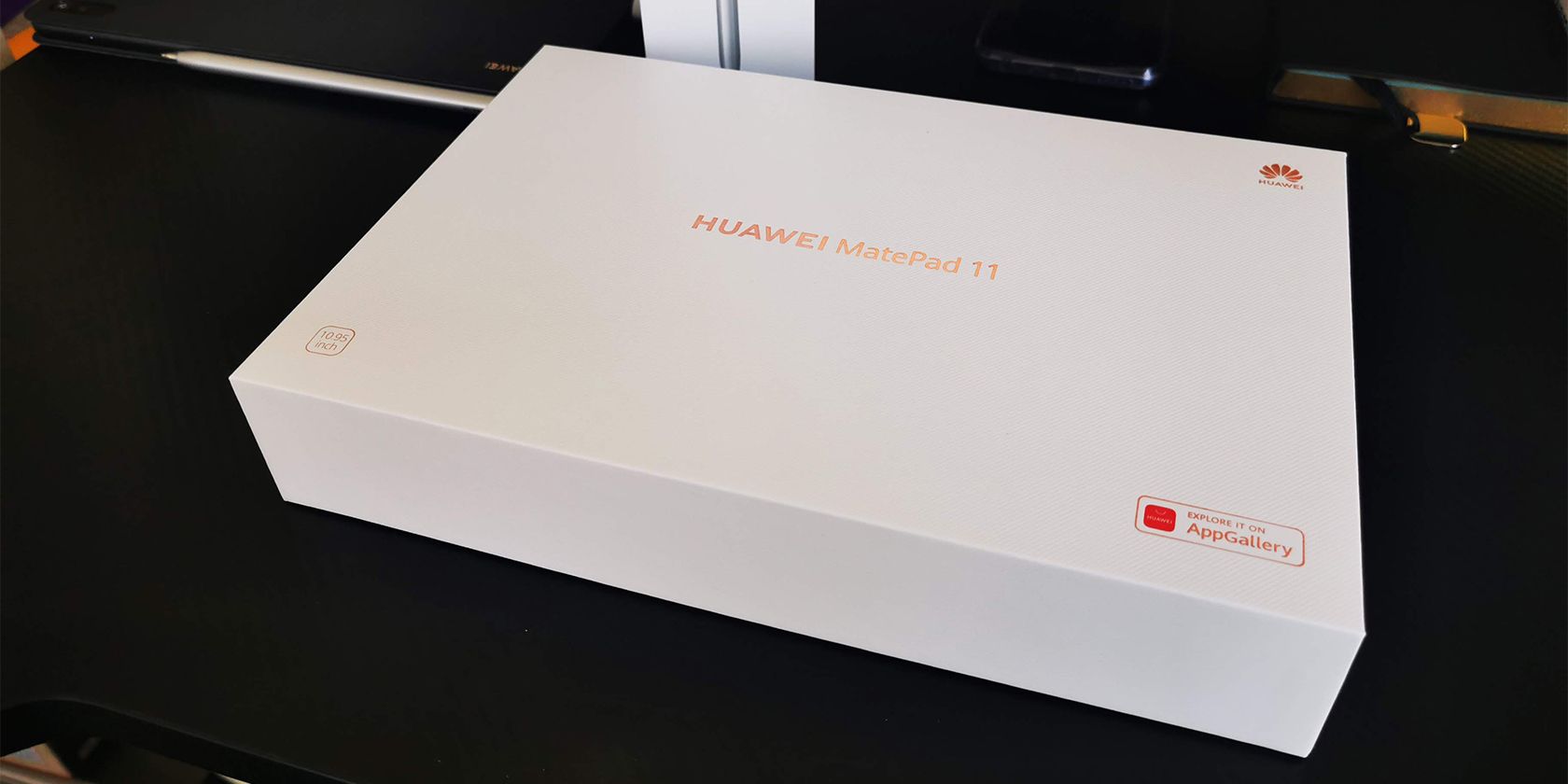Huawei MatePad 11
If you're looking for an inexpensive tablet, then Huawei's $400 MatePad 11 serves a multitude of users. From students heading to lectures, to creatives sitting in coffee shops, and all in-between, the MatePad 11 is an excellent device for work and play, ensuring you stay productive and enjoy your downtime. With a stunning display, memory expansion, and stylus and keyboard compatibility, this slate has the chops to even knock spots off some of Apple's lower-priced iPads, at least in terms of specs.
- Brand: Huawei
- Storage: 64, 128, 256 GB
- CPU: Octa-core ( One x 2.84 GHz Kryo 585, three x 2.42 GHz Kryo 585, four x 1.8 GHz Kryo 585)
- Memory: 6 GB, 8GB
- Operating System: HarmonyOS
- Battery: Li-Po 7250 mAh
- Ports: Type C, Micro-SD slot
- Camera (Rear, Front): 13 MP, 8MP
- Display (Size, Resolution): IPS LCD, 120 Hz, 2560 x 1600, 16:10
- Price: Around $400
- Connectivity: Wi-Fi, Bluetooth, SuperDevice
- Measurements: 9.99 x 6.51 x 0.29 inches, 1.07 lbs
- Inexpensive
- Great display
- Stylus and keyboard
- Can expand memory
- Handles a wide range of tasks
- Good battery life
- Responsive touch controls
- Android purists might have difficulty without Google services
I must admit to having a soft spot for Huawei. I am still rocking my trusty P30 Pro three years down the line which, to this day, stands out as possessing one of the best smartphone cameras I have ever used. So, when the opportunity to test the Huawei MatePad 11—as part of the wider Super Device ecosystem—presented itself, I jumped at the chance.
The device retails at €379, which equates to around $400. So, in terms of price, you're looking at a mid-range tablet, roughly comparable to a similarly specced Xiaomi Pad 5, or the Galaxy Tab S7 FE. However, this pocket rocket's performance speaks volumes.
Let's take a closer look at the Huawei MatePad 11.
In the Box...
When you receive your MatePad 11, you'll find the following tucked away in the box:
- One Huawei MatePad 11 tablet
- One Huawei SuperCharge charger
- One charging cable
- One card slot tool
- Literature and warranty
And that is everything!
... Out of the Box
Take your MatePad 11 out of the box for the first time and the first thing you'll notice is the high-luster 11 inch screen. This gives the tablet a premium look and feel. The case is plastic, although Huawei has spruced this up a bit to give it a mattified, metallic look.
Taking a walk around the device (oriented in landscape mode), on the front face, center-top above the display, is the front-facing camera nestling in the bezel. The left edge of the device carries two speaker grilles and the power button. The top edge features the volume rocker, and magnetic, wireless charging zone for your Huawei M-Pencil, if you have one. Two more speaker grilles feature on the right, along with the Type-C input for charging the tablet. The bottom edge (in landscape orientation) has the card slot, for adding a Micro-SD.
The device doesn't have an overbearing footprint, at 9.99 x 6.51 x 0.29 inches, and it is fairly light, too, at only 1.07 lbs.
With our test device, we also received the Huawei M-Pencil and the Huawei Smart Magnetic Keyboard. The former is a silver-coloured stylus, which works in harmony (get it?) with the tablet. It snaps to the top edge of the MatePad 11, as previously mentioned.
The keyboard comes in dark gray, and snaps to the back face of your MatePad 11, folding to create a small A-frame stand, with the keyboard set out in front. This also protects the tablet's screen when you close the keyboard, creating a case for transporting your device in relative safety. From scratches and chips, at least.
Let's Talk Specs
Looks aside, it's what's under the hood that drives any tablet, and the software pulling it all together. The display is an IPS LCD, running at 120 Hz, which put the tablet above many similarly priced offerings that only offer 60 Hz refresh rates. In terms of resolution, we're looking at a rather sumptuous 2560 x 1600 pixels, and a 16:10 aspect ratio.
The MatePad 11 runs Huawei's proprietary HarmonyOS operating system, which replaces Android across all Huawei devices, hence the "Harmony" moniker. However, a compatibility layer ensures compatibility with Android, so you should still be able to run your favorite apps. The only exception is anything from Google; many of the official Google apps will just outright refuse to run. This doesn't mean you can't access Google services from the browser, though support isn't guaranteed. Google Docs, for instance, had various issues. YouTube on the other hand ran fine. This shouldn't pose a tremendous problem unless you are massively invested in the Google/Android ecosystem. In which case, just buy an Android tablet; it isn't something to get all worked up about. There are plenty of ways to access most Google services via your MatePad 11, just not necessarily via a dedicated app.
Inside, you've got a Qualcomm SM8250 Snapdragon 865 chipset, which pips the aforementioned Xiaomi Pad 5. An octa-core CPU—comprising one 2.84 GHz Kryo 585, three 2.42 GHz Kryo 585, and four 1.8 GHz Kryo 585—sits alongside an Adreno 650 GPU.
You can upgrade storage with a microSDXC via the dedicated slot, something which Apple's iPad 10.2 doesn't offer. Internal storage comes in three flavors: 64, 128, or 256GB. All models come with 6GB RAM, but the 128GB also comes as an 8GB variant, for a total of four models available.
The MatePad 11 features a 13MP main camera, which is theoretically better than the 8MP iPad 10.2 offering (although megapixels alone is not a good comparison, and I couldn't test this as I have no iPad to compare with), as well as an 8MP selfie cam on the front.
On-board audio is full stereo thanks to the four separate speakers on the left and right of the MatePad (or the top and bottom in portrait mode). There is no 3.5mm headphone output, so you'll need wireless headphones or earbuds if you are going to enjoy personal music.
A Lithium Polymer (Li-Po) 7250mAh battery cell provides power, which not only fast-charges at 22.5W, but also supports reverse charging at 5W. So, if your Huawei P50 Pro runs out of juice while you're working in a cafe, you can just pop it into the USB On-The-Go port (USB Type-C 3.1) and syphon some power from your MatePad.
As you can see, in terms of specs, we have a super-competitive tablet here.
Using the Huawei MatePad 11
I mentioned earlier about concerns some may have regarding accessing certain apps. Using a combination of the Huawei AppGallery and Petal Search, I could install all the apps I would want on a tablet. The likes of Netflix, Microsoft Office, Amazon Prime Video, ibisPaint X, Spotify, and Kindle are all apps I want on my tablet, and all of those I could have.
"But what about Google Maps?" Well, you can use its basic functions via a browser, and if you need live location tracking, just use your smartphone. Why would you walk around the streets looking for the nearest tapas restaurant using your tablet? "My phone battery died." Charge it with your MatePad 11 then. Simple. Or, you could just use the native Petal Maps, which does the same thing, allowing you to navigate to locations just like Google Maps.
The stylus compatibility adds an extra layer to the MatePad 11 that not all tablets can attest to. With the M-Pencil, you can take notes during meetings, or (if you are the arty type) sketch out your next masterpiece on the train before you finish it at the office.
Firing up ibisPaint X to test the creative capabilities of the MatePad 11 and stylus together, I wasn't disappointed. The stylus made ample use of its 4,096 pressure sensitivity levels for my little soft-bleed sketch of a "Pointman", loosely based around 90s graphical illustrations by Ben Drury. I used to draw these all the time on my schoolbooks, and it was awesome to quickly sketch one down, digitally, using devices that play nicely together.
The keyboard furthers the tablet's use as a portable productivity machine. This would make it an excellent, affordable device for a student to take to lectures. Note-taking by hand can be laborious in a fast-paced lecture, so the ability to type your notes on something so compact gives the MatePad 11 some real seminar-scribing chops. Especially if using the stylus isn't your bag (or it isn't in your bag).
For quick, simple word-processing tasks, the keyboard is excellent. Key travel is fine, and the keypress is fairly quiet, so you're not going to bother anyone else with your rapid-fire note-taking during class or report-writing on a red-eye. I feel it might feel a little cramped for lengthy typing tasks, but I'd use my laptop for that anyway, so no harm done there.
I couldn't use Google Docs in browser, as it created each word I typed twice. However, I couldn't figure out what was causing the problem, so I ditched my efforts to use Google Docs altogether. While this proved annoying, I had no issue with using Microsoft word, instantly solving my problem. This, again, was available directly via the AppGallery.
So, we've got entertainment, creativity, and productivity nailed on this one.
The Huawei MatePad 11: Performance
The first thing I'm going to talk about here is the screen. I can't do it justice with photographic representations of the quality, but I really love the MatePad 11 display. TV series' and movies look great; I thoroughly enjoyed my playthrough of The Boys on Amazon Prime during testing. While I found that shadow detail sometimes lacked a little, as you might expect from an LCD screen, with all the advantages of that LCD panel in daylight, i.e. it won't hamper your experience.
During video streaming, I noticed no lagging or stuttering, and the 120 Hz refresh rate ensured that I didn't notice any discernable motion blur either, which is always good to maintain a movie or TV show's immersive qualities. Likewise, reading graphic novels on Kindle is a joy thanks to the eye-pleasing display.
The audio quality came as a surprise to me, but then perhaps it shouldn't, seeing as Harman Kardon had a hand in tuning the four speakers. OK, so you're not getting cinema-quality sound, here, but bass is punchy enough to keep your attention without flobbing muddily in the background. I did find that top-end could sound a little shrill at high volumes, but these are tablet speakers, not a set of Dali floor standers.
I've discussed the stylus and keyboard performance a little already. These both work as expected, and I was again pleasantly surprised by the feel and response of the stylus once I got into the swing of using it, and getting my hand used to applying pressure for different pen and brush styles. It is accurate, too, allowing me to use ibisPaint X' fill tool with precision.
I actually don't like playing games such as PUBG Mobile or Call of Duty: Mobile. However, I gave PUBG a run-test, and it worked perfectly over Wi-Fi, with no lagging and smooth gameplay overall. If mobile gaming like this is your bag, and you like to play on your tablet, then the MatePad will be fine, with responsive controls to keep you in the game. I just really hate on-screen game commands, personally.
I'm not overly impressed by the camera, but this is because Huawei has spoiled me in the past with the P30 Pro lens. However, as with things like navigation on-the-go, do you really need to be attempting studio-quality shots with a tablet? No, leave that to your smartphone or a good quality DSLR. This is fine for snapping documents, if you need to scan and send, or for Zoom calls with the front-facing camera.
Battery performance is excellent. I used the MatePad for various tasks, sometimes running apps concurrently, and the battery kept going for a good 11 hours, even with video playback and music streaming included. This rings true to Huawei's quoted 12-hour battery life with continuous use.
Likewise, not once did the MatePad 11 struggle, hang, or crash, which tells me that those internals are perfect for everyday pursuits, and plenty of them. So, in terms of performance I was, once again, left impressed by the Huawei MatePad 11.
Should You Buy the Huawei MatePad 11?
If you are looking for an inexpensive, easy-to-use tablet, that has productivity, creativity, and entertainment capabilities, then I heartily recommend the Huawei MatePad 11. The display is lovely, the software runs smoothly, and the device is eminently portable. Whether you're using it standalone, or integrating into existing your Huawei ecosystem, the MatePad 11 is a great device that stands out from many of its Android-powered rivals.

